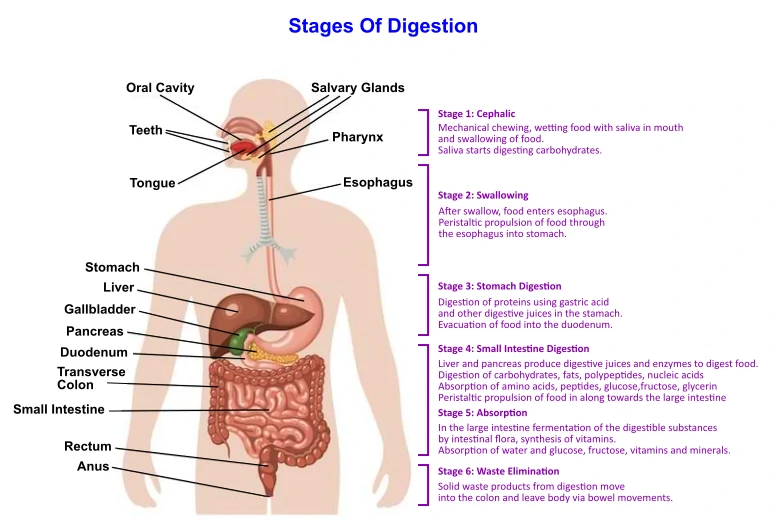Exploring Diversity Of Matter Using Separation Techniques
In this article, the following are the objectives that will be discussed.
- Explain how a mixture containing insoluble solids in a solution can be separated by;
- magnetic attraction and
- filtration.
- Explain how a mixture containing soluble solids in a solution can be separated by;
- evaporation to dryness and
- crystallisation.
Magnetic Attraction
Magnetic attraction is used to separate magnetic materials from non-magnetic materials.
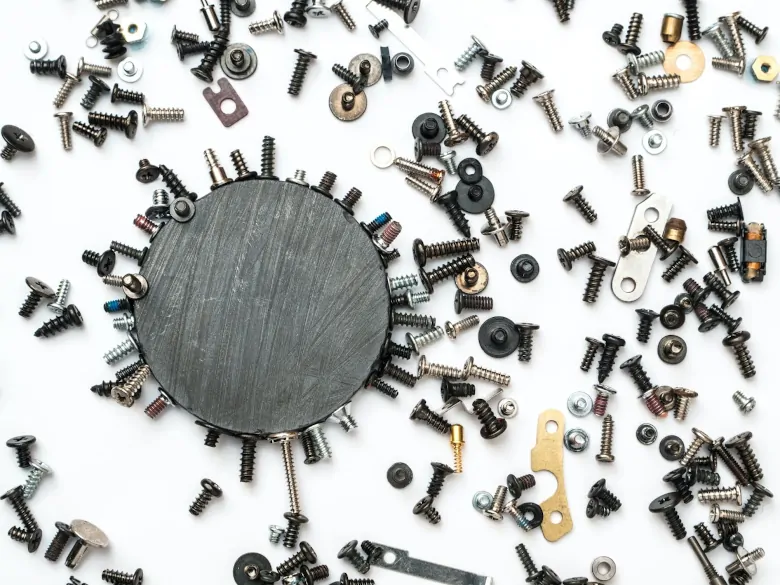
Image Credits: unsplash - Dan Cristian Pădureț
Examples of magnetic materials:
- iron
- steel (an alloy that contains a mixture of iron and carbon)
- cobalt
- nickel
What is the use of magnetic attraction in the industries?
Magnetic attraction is used in junkyards to separate iron and steel, where they can be recycled for other uses. Magnetic attraction can also be used to remove harmful objects, such as magnetic metal pieces, from food products.
Filtration
Filtration is used to separate insoluble solid particles from a liquid.
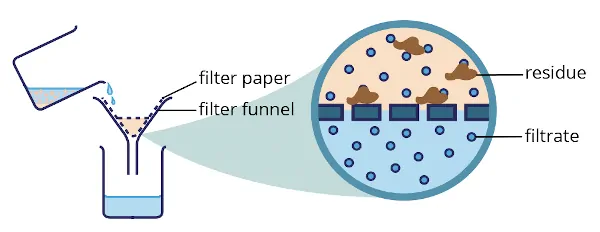
As the mixture containing insoluble solid particles passes through the filter funnel lined with filter paper, the insoluble solid particles remain on the filter paper as the residue. The smaller liquid particles that pass through the filter paper are known as the filtrate.
What are some uses of filtration?
Filtration has many applications in our everyday life, such as the use of a coffee filter. Filtration can also be used in the industrial world, such as in water treatment plants.

Image Credits: unsplash - Tyler Nix
Evaporation to Dryness
Evaporation to dryness is used to obtain a soluble solid from a solution by heating the solution until all the water has boiled off.
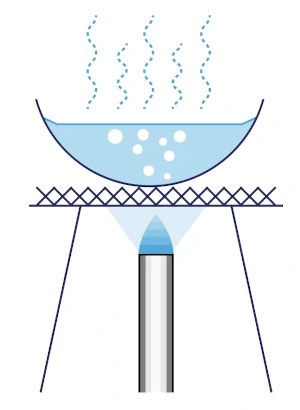
What are some uses of evaporation to dryness?
Evaporation to dryness can be used to obtain salt from seawater.
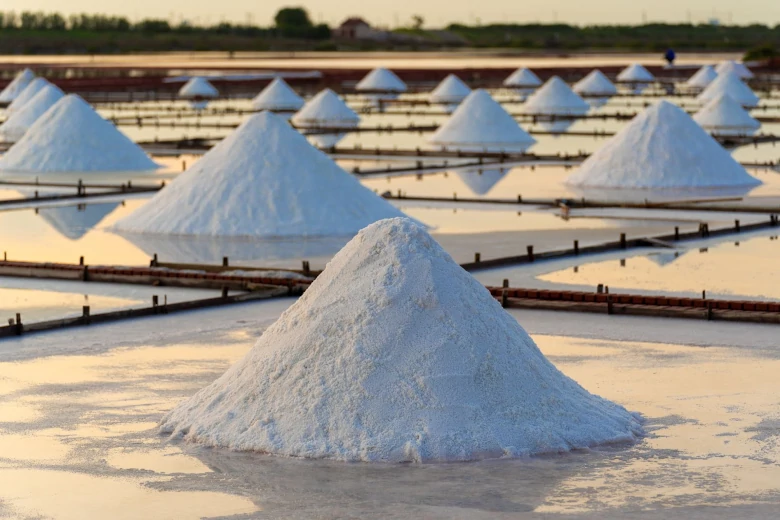
Image Credits: unsplash - Timo Volz
Crystallisation
Crystallisation is used for obtaining a soluble solid (crystal) from its solution.
A common crystal obtained from the solution is copper(II) sulphate.
The steps involved in obtaining a pure, dry sample of copper(II) sulphate crystals are as follows:
- Heat the copper(II) sulphate solution until saturated.
- Leave the solution to cool to allow crystals to form.
- Filter and wash the crystals with a little cold distilled water.
- Dry the crystals between sheets of filter paper.
Revision Questions
Here are some questions for us to look into on the objectives of this article.
Question 1:
Which of the following can be separated using a powerful magnet in the recycling of metals?
- all types of metallic objects from non-metallic objects
- aluminium objects from non-magnetic objects
- iron and steel objects from non-magnetic objects
- iron objects from steel objects
Solution:
(C) iron and steel objects from non-magnetic objects
Explanation:
Not all metals are magnetic. The metals that are magnetic are iron, steel, cobalt and nickel.
Hence, objects made up of iron and steel can be attracted by a magnet, to be separated from non-magnetic objects.
Question 2:
In places near the sea, where temperatures are high, seawater is allowed to flow into large flat pans. Which technique can be used to obtain the salt?
- crystallisation
- evaporation to dryness
- filtration
- magnetic attraction
Solution:
(B) evaporation to dryness
Explanation:
Due to the high temperature, water in the seawater will be evaporated, leaving behind the salt.
Question 3:
Which of the following mixtures can be separated by magnetic attraction?
- copper and gold coins
- brass and bronze buttons
- iron and zinc pins
- silver and aluminium foil
Solution:
(C) iron and zinc pins
Explanation:
Not all metals are magnetic. The metals that are magnetic are iron, steel, cobalt and nickel.
Hence, iron, being magnetic, can be separated from the zinc pins by using a magnet.
Question 4:
Which of the following mixtures can be separated by filtration?
- chalk and water
- salt and water
- soil and water
- sulphur and water
Choose the correct option
- I, II and III
- I, III and IV
- II, III and IV
- All of the above
Solution:
(B) I, III and IV
Explanation:
Filtration is used to separate insoluble solid particles from a liquid.
Chalk, soil, and sulphur are insoluble in water. Hence, filtration can be carried out to separate the chalk, soil, and sulphur from water.
Salt is soluble in water. Hence, salt will dissolve in the water and thus filtration cannot be used to separate salt from water. To obtain the salt, evaporation to dryness should be carried out.
Question 5:
Which of the following shows the correct sequence of separating salt from a mixture of salt and pepper?
- dissolving, evaporation, filtration
- dissolving, filtration, evaporation
- evaporation, dissolving, filtration
- filtration, dissolving and evaporation
Solution:
(B) dissolving, filtration, evaporation
Explanation:
Salt is soluble in water while pepper is insoluble in water.
Add water to the mixture of salt and pepper. Stir the mixture until all the salt has dissolved in the water.
Filter the mixture to obtain the pepper as the residue, and salt solution as the filtrate.
Heat the salt solution to dryness to obtain the salt crystals.
| Continue Learning | |
|---|---|
| Model Of Cells - The Basic Unit Of Life | Solutions And Suspensions |
| Model Of Matter - Atoms And Molecules | Exploring The Diversity Of Matter By Its Chemical Composition |
| Exploring Diversity Of Matter By Its Physical Properties | Exploring Diversity Of Matter Using Separation Techniques |
| Model of Matter - The Particulate Nature Of Matter | Ray Model Of Light |
| Human Digestive System | |


 SG
SG  VN
VN 

